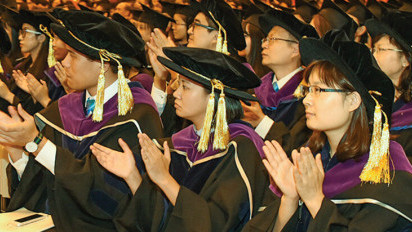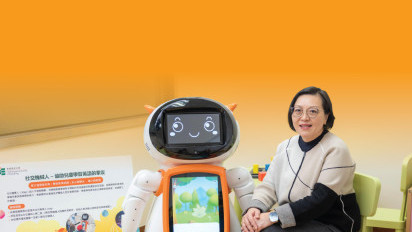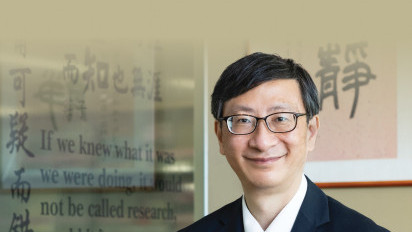To promote interdisciplinary academic research, EdUHK recently established two new university-level research facilities: the University Research Facility of Data Science and Artificial Intelligence (UDSAI) and the University Research Facility of Human Behavioural Neuroscience (UHBN).
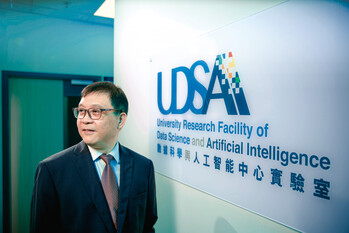
The UDSAI was established to foster an interdisciplinary, data-driven approach which can help secure research grants by playing to the strengths of the University’s infrastructure, methodologies and diversity.
Its Director is Professor Xu Guandong, a renowned scholar in data science, artificial intelligence and social computing. He holds the position of Chair Professor of Artificial Intelligence and is also the Director of the Centre for Learning, Teaching, and Technology. Professor Xu’s pioneering research has won widespread recognition, and his work has consistently placed him in the top 2% of the world's most-cited scientists, as determined by Stanford University. Prior to joining EdUHK, he held positions at the University of Technology Sydney.
“Adopting an interdisciplinary approach is crucial,” says Professor Xu. “Nowadays, technology covers all disciplines. It’s no longer confined to just computer science and information technology. The UDSAI’s role is to cultivate a culture of collaboration that transcends disciplinary boundaries, facilitating problem-solving, and encouraging the sharing of expertise among scholars,” he adds.
The setting up of UDSAI aligns with the government’s vision to integrate artificial intelligence into teacher education, preparing the next generation not just to use, but to excel in new technologies. “Technology, such as artificial intelligence, is a tool to enhance efficiency and productivity. We have to master it and ensure that it remains human-centred. For example, we can use it to compile and filter data, so that we can concentrate more on analysis. The purpose of the UDSAI is to equip future educators and professionals and, by extension, the wider community, with the skills to master and use technology in an ethical manner,” says Professor Xu.
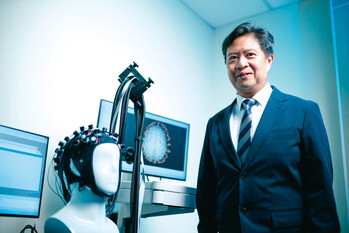
Similarly, the UHBN was established to provide multimodal technological platforms to facilitate a deeper understanding of the biological and neural underpinnings of psychological and behavioural processes. It is led by Professor Ken Yung Kin-lam, Associate Vice President (Research) and Chair Professor of Biology and Neuroscience. He and his team have developed nanomaterial-based technologies for harvesting autologous neural stem cells and devices for cell differentiation, which have won over 50 international innovation awards.
“The UHBN has been set up to further explore learning and memory, movement and motivated behaviour, sensation and perception, and emotional well-being, as well as facilitate sharing of our state-of-the-art equipment,” says Professor Yung. “Our research can establish the causal links between motor skills, cognitive abilities and affective domains in early childhood development. Not only that, its capabilities in creating custom behavioural testing software will enable specialised assessments, such as speech recognition in noise and dichotic listening performance, particularly for young Mandarin- and Cantonese-speaking children,” he adds.
Combining the insights from neuroscience with the understanding of human behaviour helps address various societal challenges, enhance well-being, and improve the quality of life across populations. “There is still so much to discover in this field. By taking an interdisciplinary approach, we can delve much further into how children develop,” explains Professor Yung. “By integrating such advanced research endeavours, we are contributing to the global body of knowledge and ensuring that EdUHK’s educational practices remain at the forefront of technological and scientific advancement. This goes in tandem with Hong Kong's vision for the future.”



